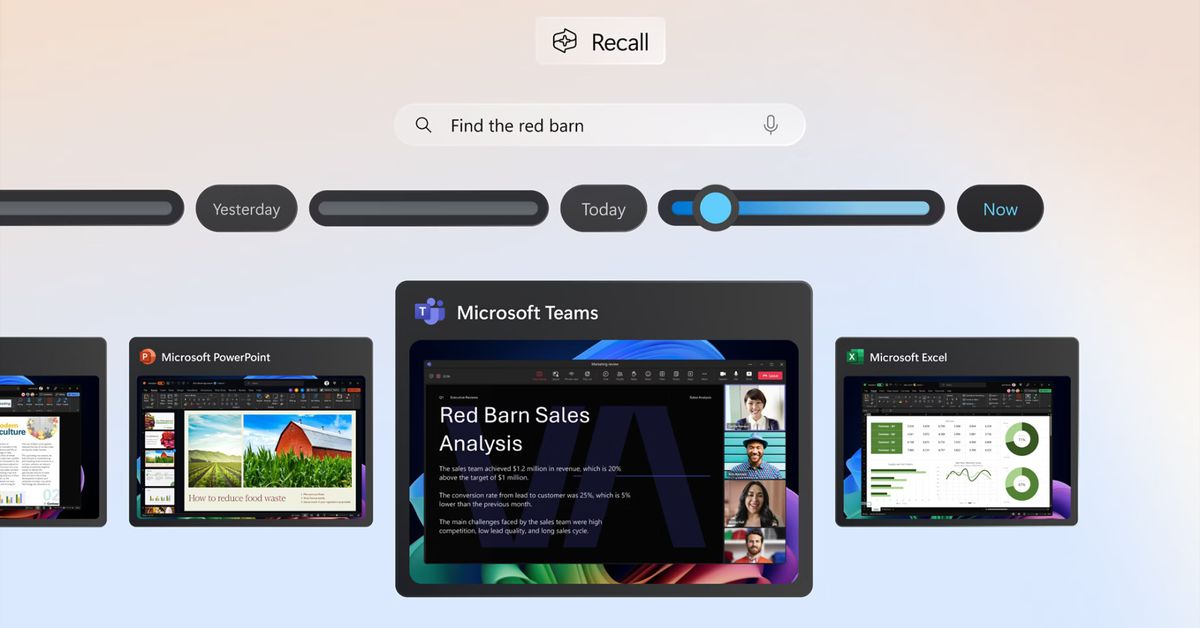Hello, tech enthusiasts! Emily here, coming to you from the heart of New Jersey, the land of innovation and, of course, mouth-watering bagels. Today, we’re diving headfirst into the fascinating world of 3D avatar generation. Buckle up, because we’re about to explore a groundbreaking research paper that’s causing quite a stir in the AI community: ‘StyleAvatar3D: Leveraging Image-Text Diffusion Models for High-Fidelity 3D Avatar Generation’.
II. The Magic Behind 3D Avatar Generation
Before we delve into the nitty-gritty of StyleAvatar3D, let’s take a moment to appreciate the magic of 3D avatar generation. Imagine being able to create a digital version of yourself, down to the last detail, all within the confines of your computer. Sounds like something out of a sci-fi movie, right? Well, thanks to the wonders of AI, this is becoming our reality.
The unique features of StyleAvatar3D, such as pose extraction, view-specific prompts, and attribute-related prompts, contribute to the generation of high-quality, stylized 3D avatars. This is not just a matter of creating digital replicas; it’s about capturing the essence of an individual’s personality, appearance, and even emotions.
III. Unveiling StyleAvatar3D
StyleAvatar3D is a novel method that’s pushing the boundaries of what’s possible in 3D avatar generation. It’s like the master chef of the AI world, blending together pre-trained image-text diffusion models and a Generative Adversarial Network (GAN)-based 3D generation network to whip up some seriously impressive avatars.
What sets StyleAvatar3D apart is its ability to generate multi-view images of avatars in various styles, all thanks to the comprehensive priors of appearance and geometry offered by image-text diffusion models. It’s like having a digital fashion show, with avatars strutting their stuff in a multitude of styles.
IV. The Secret Sauce: Pose Extraction and View-Specific Prompts
Now, let’s talk about the secret sauce that makes StyleAvatar3D so effective. During data generation, the team behind StyleAvatar3D employs poses extracted from existing 3D models to guide the generation of multi-view images. It’s like having a blueprint to follow, ensuring that the avatars are as realistic as possible.
But what happens when there’s a misalignment between poses and images in the data? That’s where view-specific prompts come in. These prompts, along with a coarse-to-fine discriminator for GAN training, help to address this issue, ensuring that the avatars generated are as accurate and detailed as possible.
V. Diving Deeper: Attribute-Related Prompts and Latent Diffusion Model
Welcome back, tech aficionados! Emily here, fresh from my bagel break and ready to delve deeper into the captivating world of StyleAvatar3D. Now, where were we? Ah, yes, attribute-related prompts.
In their quest to increase the diversity of the generated avatars, the team behind StyleAvatar3D didn’t stop at view-specific prompts. They also explored attribute-related prompts, adding another layer of complexity and customization to the avatar generation process. It’s like having a digital wardrobe at your disposal, allowing you to change your avatar’s appearance at the drop of a hat.
But the innovation doesn’t stop there. The team also developed a latent diffusion model within the style space of StyleGAN. This model enables the generation of avatars based on image inputs, further expanding the possibilities for avatar customization. It’s like having a digital makeup artist, ready to transform your avatar based on any image you provide.
VI. Technical Details
The paper ‘StyleAvatar3D: Leveraging Image-Text Diffusion Models for High-Fidelity 3D Avatar Generation’ by Chi Zhang et al. presents the technical details of StyleAvatar3D. The authors propose a novel method that combines pre-trained image-text diffusion models with GAN-based 3D generation networks to generate high-quality, stylized avatars.
The paper describes the architecture of StyleAvatar3D, which consists of two main components: the image-text diffusion model and the GAN-based 3D generation network. The authors also discuss the training process, which involves both supervised and unsupervised learning objectives.
VII. Applications and Future Work
So, what are the potential applications of StyleAvatar3D? Well, the possibilities are endless! Imagine being able to create digital avatars for various industries, such as entertainment, fashion, and even education.
The authors also discuss future work directions, including the development of more sophisticated models that can handle complex scenes and environments. They also suggest exploring the use of StyleAvatar3D in real-time applications, such as video games and virtual reality experiences.
VIII. Conclusion
In conclusion, StyleAvatar3D is a groundbreaking research paper that presents a novel method for generating high-quality, stylized 3D avatars using image-text diffusion models and GAN-based 3D generation networks.
The authors’ innovative approach has the potential to revolutionize various industries and applications, from entertainment to education. As we continue to explore the boundaries of AI and computer vision, it’s exciting to think about what the future holds for StyleAvatar3D and its potential applications.
IX. References
For those interested in learning more about StyleAvatar3D, I recommend checking out the original paper: ‘StyleAvatar3D: Leveraging Image-Text Diffusion Models for High-Fidelity 3D Avatar Generation’ by Chi Zhang et al. (2023).
The paper is available on ArXiv and can be accessed through the following link:
https://arxiv.org/abs/2305.19012
The authors also provide a PDF version of the paper, which can be downloaded from the same link.
That’s all for now, folks! Emily signing off. Stay curious, stay hungry (for knowledge and bagels), and remember – the future is here, and it’s 3D!



